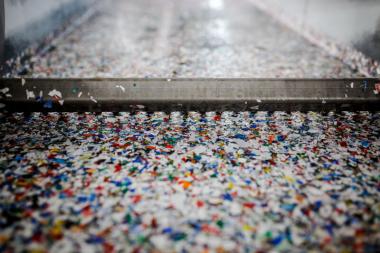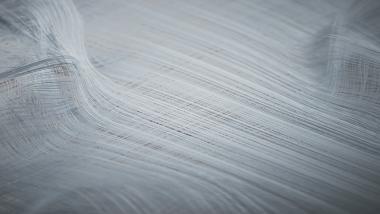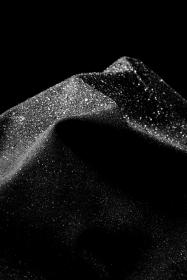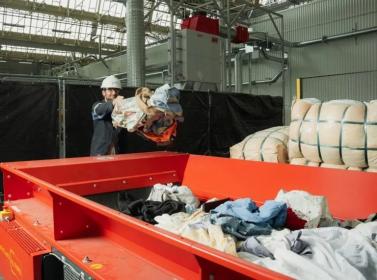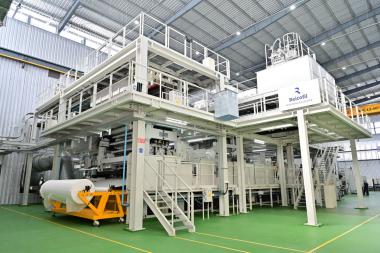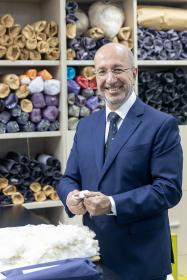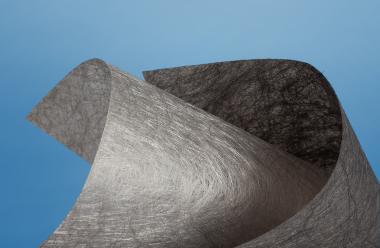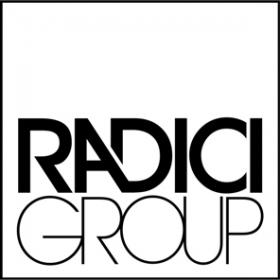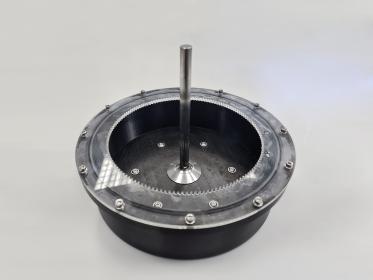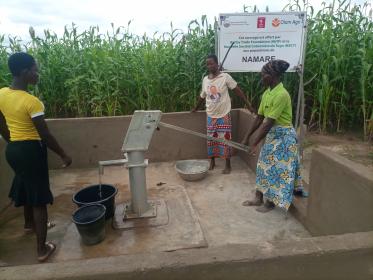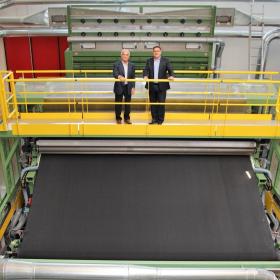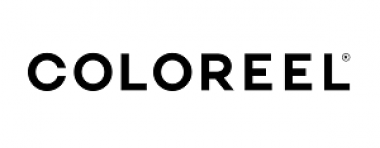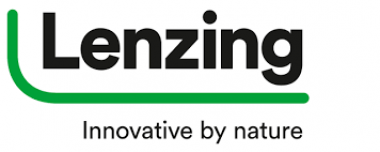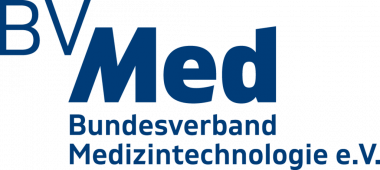Toray expands French Carbon Fiber Production Facilities
Toray Industries, Inc. will expand the French subsidiary Toray Carbon Fibers Europe S.A.’s production facilities for regular tow medium- and high-modulus carbon fibers (up to 24,000 filaments). This move will increase annual capacity at the Abidos plant (South-West France) from 5,000 metric tons annually, to 6,000 metric tons. Production is expected to start in 2025.
Demand for medium- and high-modulus carbon fibers is rising in Europe, driven by a push to move towards a net-zero society. This growth is mainly due to higher build rates for commercial aircrafts (secondary structures and engines), as well as centrifuge for energy production, satellites, and high-end automobiles. By boosting carbon fiber production capacity in Europe, Toray is responding to its customers’ demand for medium and high-modulus carbon fibers, as befits the market leader.
Toray Industries






